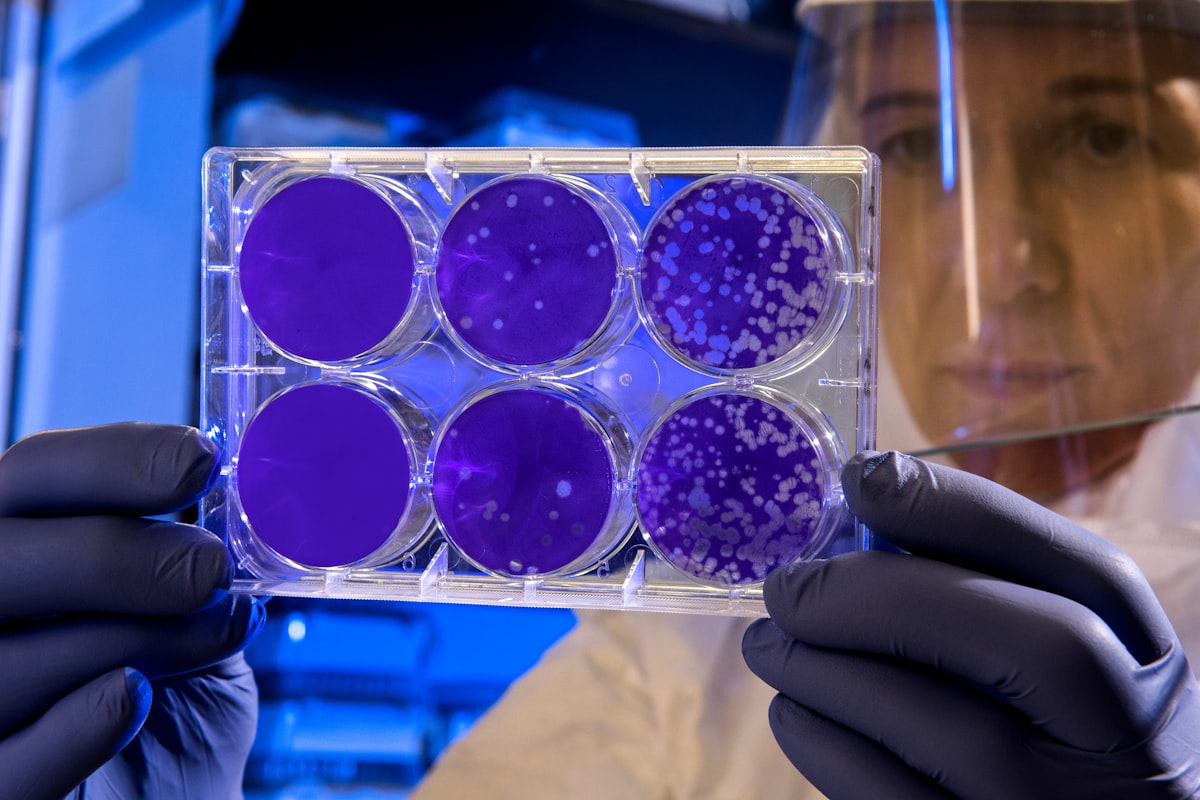The process by which HPV causes cancer identified
The finding would allow the treatment of tumors related to the virus. Variants 16 and 18 are responsible for 70 percent of the cases. Most of those affected are 40 years of age or older.

The Global Cancer Observatory indicates that in Mexico during 2020 there were 9,400 cases of women with cervical cancer and more than 4,000 deaths due to cervical cancer. This is a type of tumor-related to the Human Papilloma Virus (HPV) that by 2040 could claim the lives of up to 13,900 women in our country.
Alejandro Manuel García Carrancá, a researcher at the Institute of Biomedical Research (IIBm), and a team of experts from the National Cancer Institute (INCAN) identified the mechanism by which the virus has a substantial impact on carcinogenesis, i.e. the process by which cancer is produced.
The cause is a group of viruses considered high-risk viruses that make up the HPV family, of which 221 variants are known and of which 16 and 18 are responsible for 70 percent of the registered cases. The work, recently presented in the journal PNAS, "reveals fundamental mechanisms that are not well known until now and which could be new targets for the treatment or therapy of HPV-related tumors.
The researcher at the Cancer Biomedical Research Unit of the IIBm at INCAN pointed out that papillomaviruses are the oldest viruses on the planet and affect people at least once in their lifetime.
The most popular is 16, which has been found in more than half of the tumors and, although, at early ages, it seems to remain dormant in the cells; when it wakes up, the situation becomes more complicated, the university professor warned.
In 1985, when he did his doctorate in Moshe Yaniv's laboratory in France, García Carrancá collaborated with Francoise Thierry in the study of 18, when he returned to Mexico he documented how protein 53 (P53), the most important agent for the development of tumors, is expressed.
Through further work, in collaboration with INCAN, he found that enzymes called E6 and E7 are key in this process because they break down the cellular machinery by allowing the cells to work for life, that is, without dying.
Researcher García Carrancá explained that how tumors are translated is not common; viruses use certain elements that the cell has, but does not use, and this allows the viruses to survive permanently. Identifying this mechanism makes it possible to target these segments for treatments that prevent HPV from breaking down the cellular machinery.
Thinking of HPV as a mechanical engineer, it is possible to say that it takes gears or parts that the cell does not use, and uses them at its convenience. In this process, the virologist added, age is also fundamental since most of those affected are 40 years of age or older.
A new challenge for the research team is to discover molecules capable of stopping the cellular structure. Doctoral student Carlos César Patiño Morales is reviewing the effect of curcumin as a mechanism for blocking enzyme 6 and restabilizing protein 53.




